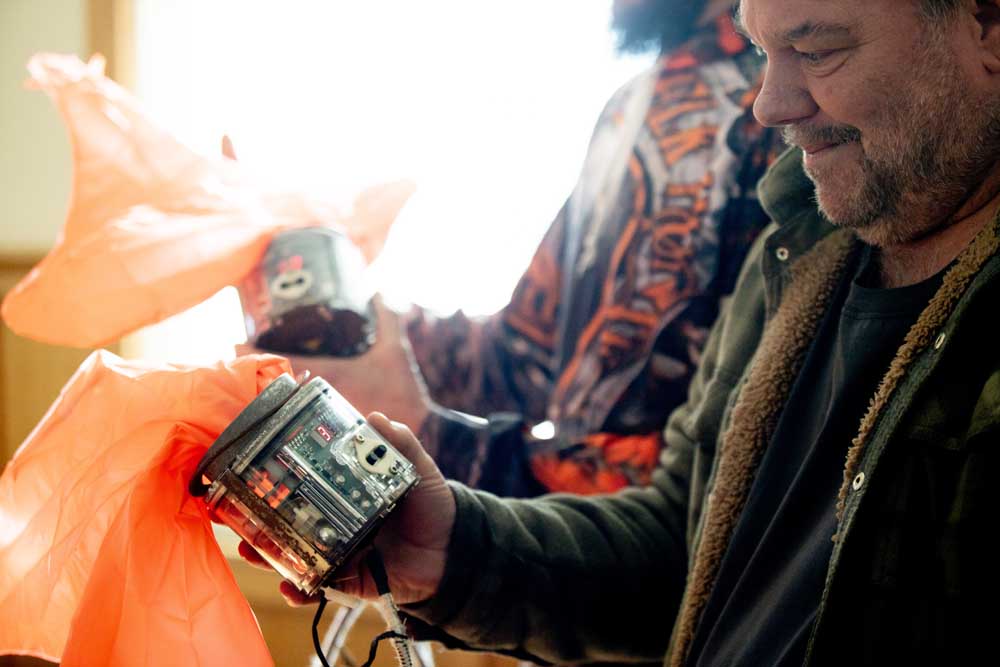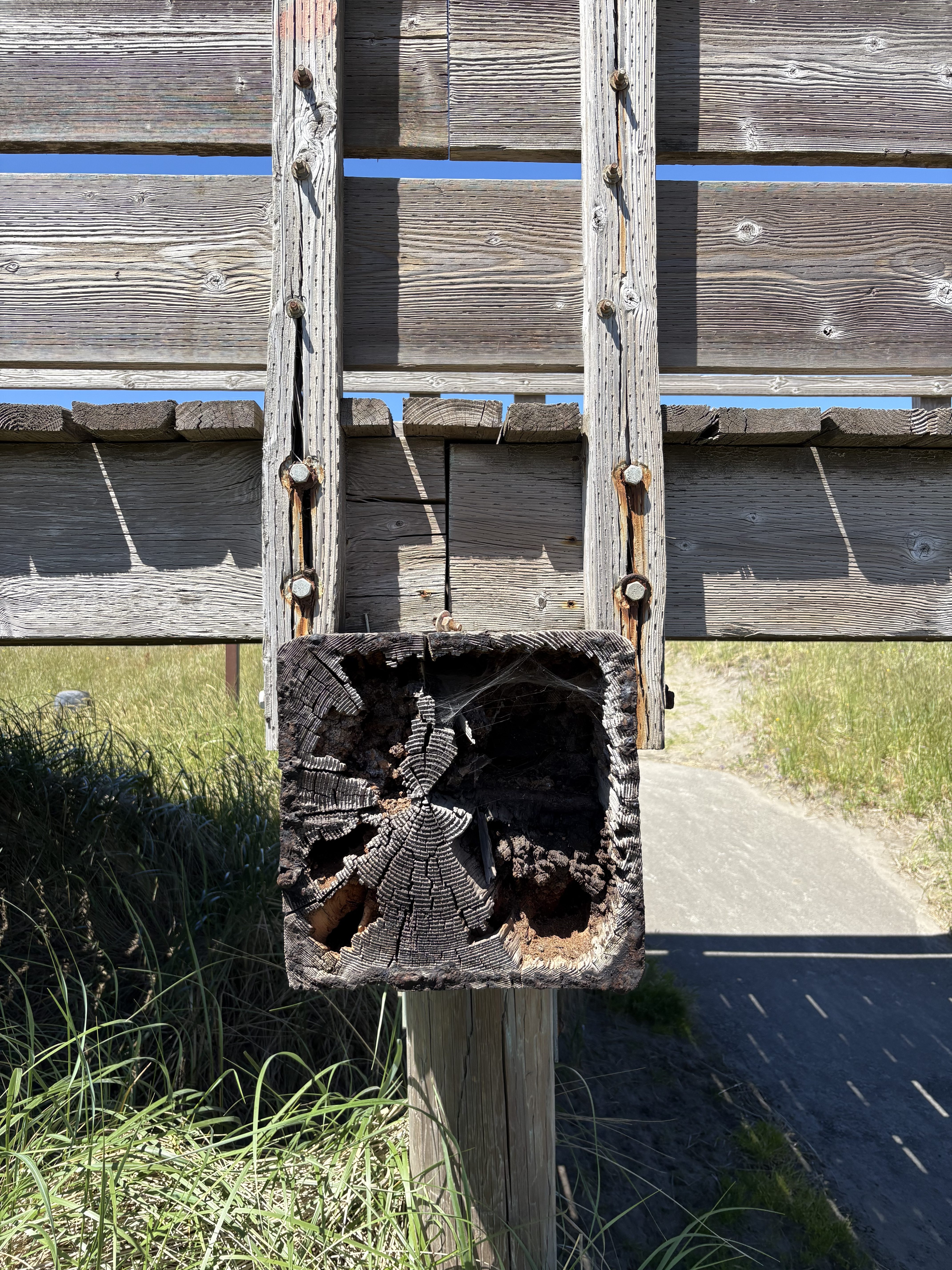Saints or Sinners? Characters of Pacific County: Chief Charley: Staunch defender of his people
Published 6:39 am Thursday, December 5, 2024

- Chief Charley is pictured here in a ceremonial headdress, holding a hand-forged knife inherited from his father, “Lighthouse” Charley Ma-Tote. The knife was a gift from Capt. Robert Gray, the first American to make contact with the Chinooks in the late 18th century.
Chief George Allen Charley 1864 – 1935
George Allen Charley was born in 1864 in Bruceport — a settlement at that time of some 25 families and serving as the county seat of Chehalis County (later reformulated as Grays Harbor County). Originally called Bruceville, the community was founded in December 1854 by the crew of the schooner Robert Bruce, which had burned in Shoalwater Bay on its maiden voyage from San Francisco to pick up a cargo of Oysters. When a post office called Bruceport was established there in 1858, its name changed accordingly. By the time of George Charley’s birth, 25 families were living in Bruceport, then the largest settlement on the eastern side of the bay.
George was the son of Chief Charley Ma-Tote, often called “Old Toke” or “Lighthouse Charley” for his role in choosing the site for the first Cape Shoalwater Lighthouse built in 1854. He and his extended family lived most of the year on the east side of the bay (now Bay Center). When the weather calmed down in late spring, they moved across the bay to their summer camp on the point of land south of Cape Shoalwater (Tokeland). There they lived until late fall, occasionally crossing the sand spit over to the ocean beach for clams and crab. They also canoed southward on the bay, sometimes all the way to the Columbia River where salmon were plentiful.
‘Chief Charley and his tribal members owned the fishing rights; there was no question about that in 1920, or for all the years before.’
Harland Plumb, a Seattle journalist
Trending
According to those who knew him, young George Charley exhibited traits of leadership early in life and performed many deeds of valor as a young man, such as assisting in the North Cove Life Saving Service. Sometime before Chief Charley Ma-Tote’s death, he presented his young son with the hand-forged knife given to him by Capt. Robert Gray, the first American to make contact with the Chinooks in the late 18th century. Through this gesture, it was understood that George Charley would become the next chief. He married Caroline Matell, born at Chinook, and they were the parents of 12 children.
As leader of his people, Charley acted as guardian over 28 families, instigated work projects for their benefit, and made sure the children attended the schools for Indians. He was active in Indian Affairs and was well-known from the Columbia River to Port Angeles. Chief Charley was also a familiar figure on the Long Beach Peninsula, particularly to the fishermen of the area. Each year during the first decades of the 20th century, he led his Chinook Indian crews to traditional seining grounds on the Lower Columbia to fish for salmon.
Harland Plumb (later a well-known Seattle journalist) of Chinook was eight years old in 1920 when his father made a deal with Chief Charley to seine along the beaches of Peacock Spit and Sand Island, two of the most productive seining areas on the Lower Columbia. Later, Plumb wrote, “My father and other whites shared in the catch only because they furnished the gear and part of the labor. But Chief Charley and his tribal members owned the fishing rights; there was no question about that in 1920, or for all the years before.”
Old-timers spoke of Chief Charley as a man of quiet dignity who merited and was freely accorded great respect by those who knew him. His regal stature and his aura of authority made him a popular orator at the annual Pacific County Pioneer Picnics. The entire community mourned his death when, on Dec. 17, 1935, 75-year-old Chief Charley was fishing alone with a dip net at the mouth of the Quinault River when a giant breaker swept him out to sea.
Today, Charley George’s descendants continue to live in the Willapa Bay area. It was in 1866, just two years after Charley George’s birth, that a 324.75-acre reservation was established by executive order for 30 or 40 Indian families living on Shoalwater (now Willapa) Bay. Their ancestors were primarily Chinook and Chehalis Indians. The Charley family had been prominent in tribal affairs for several generations and the reservation is commonly called Georgetown.









